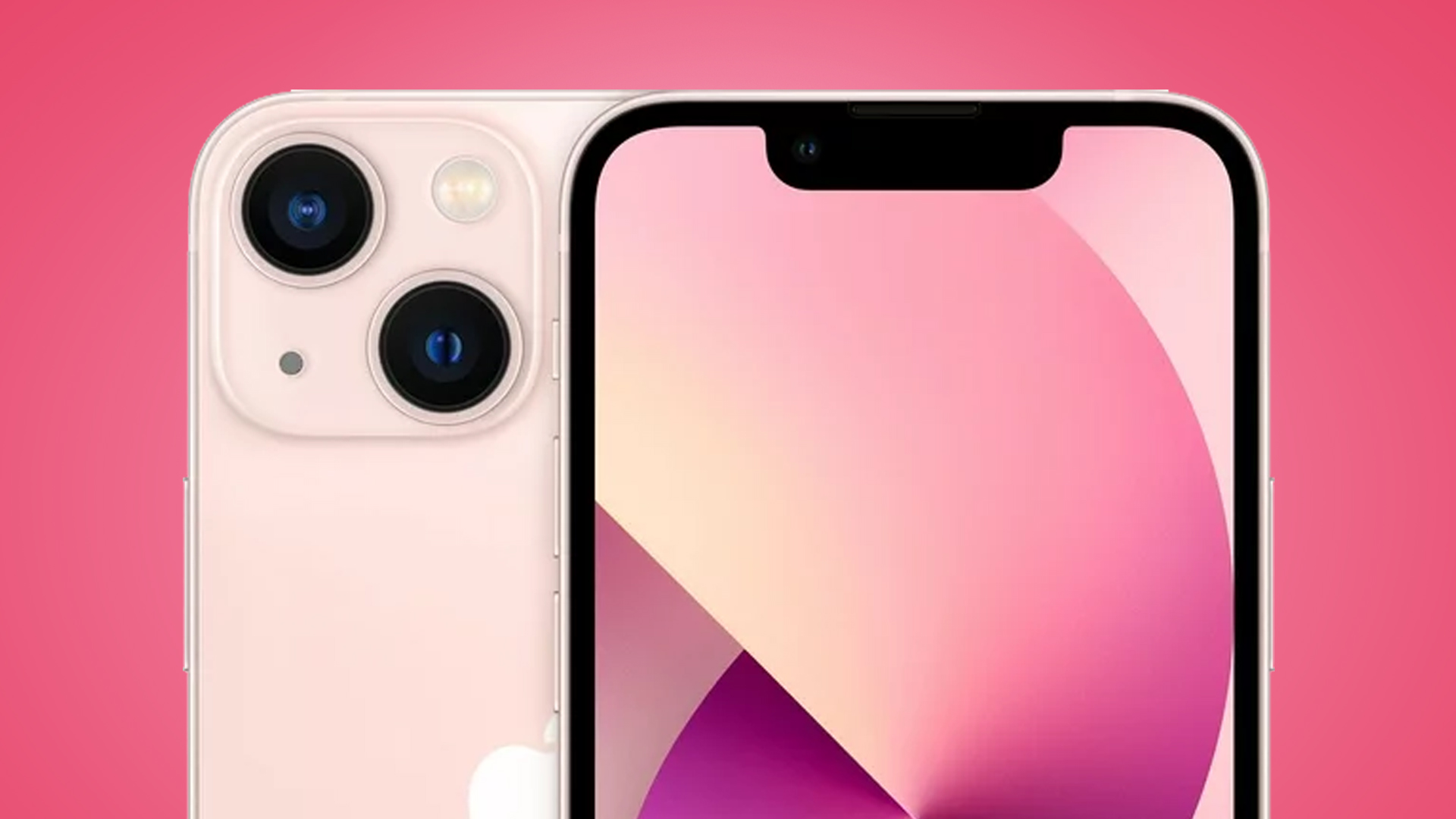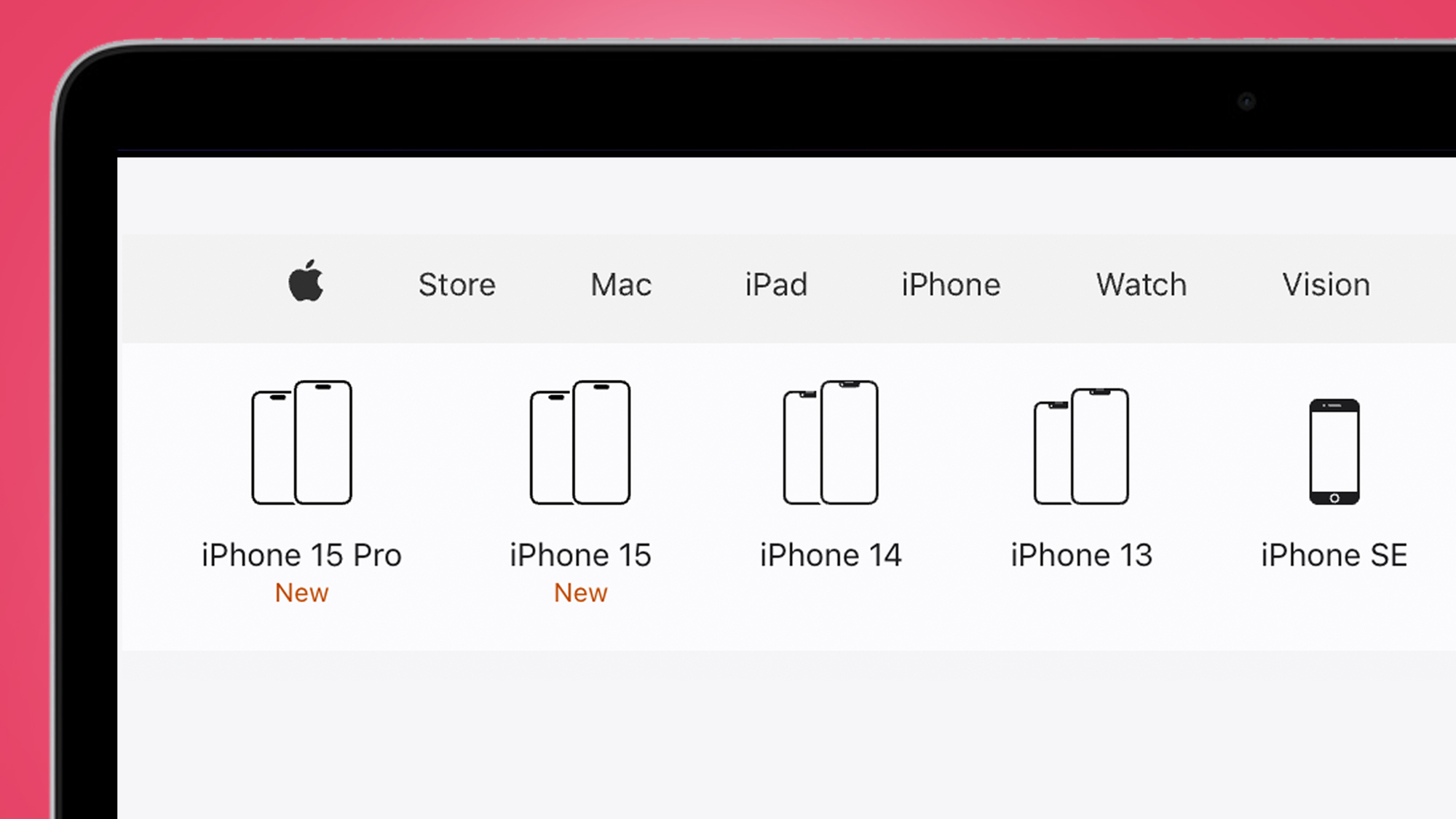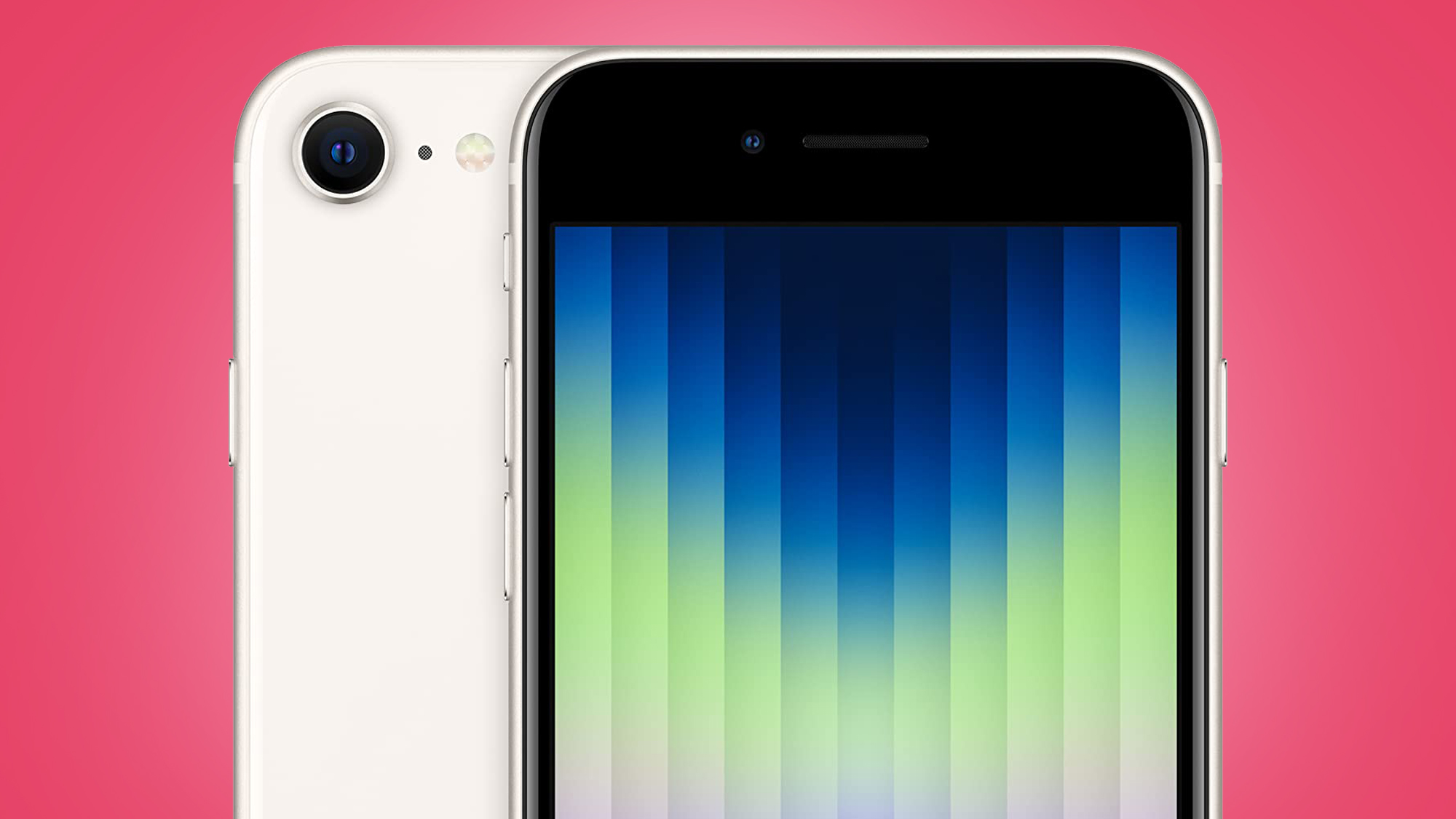The iPhone mini is dead – and the iPhone SE can't fill the hole it leaves
Why didn't we buy more iPhone minis?

It's the end of the road for the iPhone mini – Apple quietly retired its small phone series during the iPhone 15 launch, and the third-gen iPhone SE sadly can't take its place for fans of phones under six inches.
Last night, Apple bundled the iPhone 13 mini into a van and left a notable, if completely unsurprising, gap in its new lineup. Now, all that stands next to its 6.1-inch and 6.7-inch phones is a relic from yesteryear, the 4.7-inch iPhone SE (2022).
At $429 / £419 / AU$719, the iPhone SE remains a nice, affordable entry-point into Apple's smartphones, but it isn't a torch-carrier for the iPhone 13 mini. The latter was a superior phone in almost every way: screen quality, Face ID, dual cameras (rather than one), all the latest photography tricks such as Night Mode, and more.
So why didn't more people buy the iPhone 13 mini and save the series from the chop? For starters, it was a bit too pricey in our opinion, starting at $699 / £679 / AU$1,199 for the 128GB model and going up to $999 / £979 / AU$1,719 (512GB). That seemingly left the 13 mini in a no-man's land, as CIRP data for September 2022 showed the phone was just 4% of all iPhone sales.
The small number of people who liked the iPhone 13 mini really liked it. But that wasn't enough to keep Apple making the the mini series at those high prices. And while a price drop could have theoretically kept it alive, that would have been difficult to combine with high-end specs like the A15 Bionic chip.

Still, if you're willing to accept a mediocre battery life and want a small, modern phone that runs iOS, it is still currently possible to buy the iPhone 13 mini – just not from Apple. Retailers like Amazon are still stocking the phone (albeit with stubbornly unchanging price tags) and you can also pick up a refurbished second-hand version from the likes of Backmarket for around $360 / £395 / AU$820.
Alternatively, our guide to the best small phones contains some fine Android-based alternatives, including the Asus ZenFone 10, a series that Asus recently denied it's planning to kill off.
Get daily insight, inspiration and deals in your inbox
Sign up for breaking news, reviews, opinion, top tech deals, and more.
What about a new iPhone SE?

The iPhone 13 mini may be settling into retirement, but could a next-gen iPhone SE 4 take its place? The rumors suggest that's unlikely to happen soon, if at all.
Speculation has gone back and forth on the possibility of a successor to the iPhone SE (2022), which isn't on an annual upgrade cycle – and has had its future called into question almost as frequently as the iPhone mini.
In April 2023, the leaker Jeff Pu predicted that Apple could release the iPhone SE 4 in 2025. But those rumors were almost immediately quashed by the reliable analyst Ming-Chi Kuo, who stated that the iPhone SE 4 "is not currently part of Apple's new product planning" for 2024 or 2025.
If that's true, then we wouldn't see a new iPhone SE until at least 2026, which does suggest the affordable phone's future is very much in the balance. If it did arrive, it'd also likely have a larger screen anyway. This means that anyone looking for a small iPhone will soon need to look either at refurbished iPhone 13 minis or plump for the cheaper, but underpowered, iPhone SE (2022).
On the other hand, a new option for those who want something compact and powerful are the best foldable phones. So far, reliable rumors about a possible iPhone foldable have been scarce, but that form factor still looks like the more likely spiritual successor to the iPhone mini than a refreshed iPhone SE – although that definitely won't beat the mini on price…
You might also like

Mark is TechRadar's Senior news editor. Having worked in tech journalism for a ludicrous 17 years, Mark is now attempting to break the world record for the number of camera bags hoarded by one person. He was previously Cameras Editor at both TechRadar and Trusted Reviews, Acting editor on Stuff.tv, as well as Features editor and Reviews editor on Stuff magazine. As a freelancer, he's contributed to titles including The Sunday Times, FourFourTwo and Arena. And in a former life, he also won The Daily Telegraph's Young Sportswriter of the Year. But that was before he discovered the strange joys of getting up at 4am for a photo shoot in London's Square Mile.